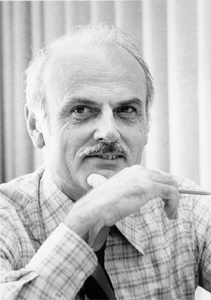A journey through the history of Structured Query Language from 1970 to the present day
SQL is a domain-specific language used for managing and manipulating relational databases. Its history dates back to the 1970s, rooted in the relational model proposed by Edgar F. Codd. Below is a detailed overview, including key milestones, inventors, and standards developments up to 2025.
Developed at IBM by Donald D. Chamberlin and Raymond F. Boyce in the early 1970s
SQL:2023 added JSON data type and Property Graph Queries (SQL/PGQ)

Published the relational model in 1970

Co-developer of SQL at IBM

Co-developer of SQL at IBM


Edgar F. Codd publishes the relational model at IBM.
Chamberlin and Boyce develop SQUARE at IBM, later evolving into SEQUEL (Structured English Query Language).
IBM releases System/38 and Oracle releases Oracle V2, one of the first commercial SQL RDBMS.
ANSI adopts SQL-86 as the first SQL standard.
Major revision introducing entry-level features that became widely implemented.
Added regular expressions, recursive queries, triggers, and object-oriented features.
Added row pattern matching and JSON operations.
Added JSON data type and Property Graph Queries (SQL/PGQ).
As of October 10, 2025, the SQL standard remains at SQL:2023. Vendor-specific implementations, such as Microsoft SQL Server 2025, continue to receive updates for performance, security, and features, but no new ISO/ANSI standards have been announced.
SQL remains the dominant language for relational database management systems.
Continued integration with NoSQL features and graph database capabilities.